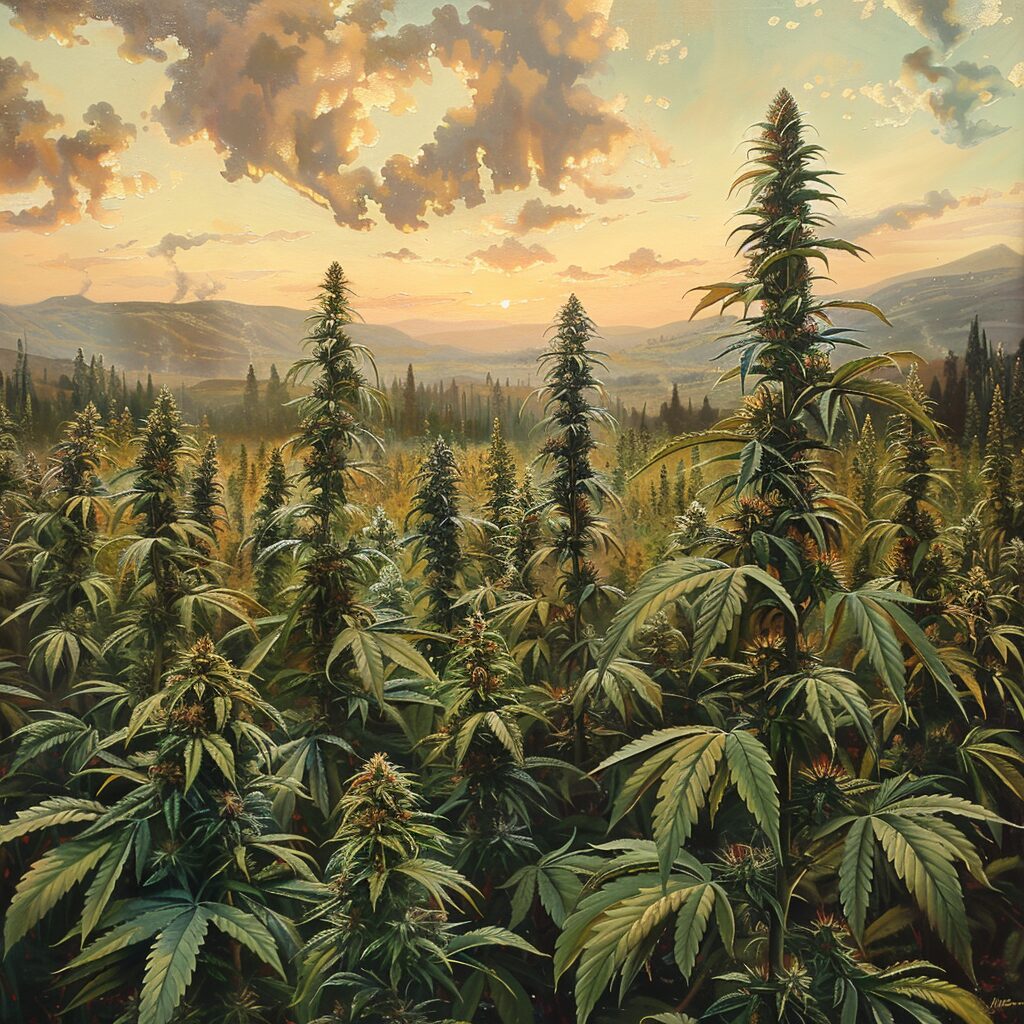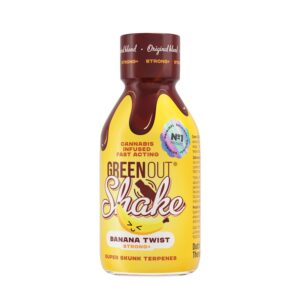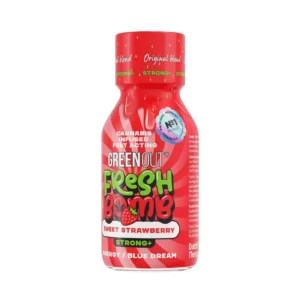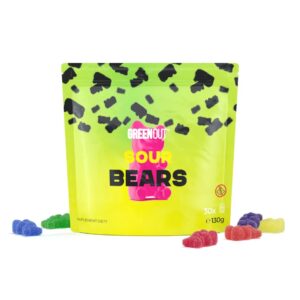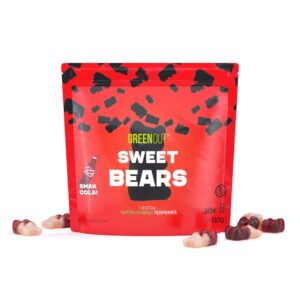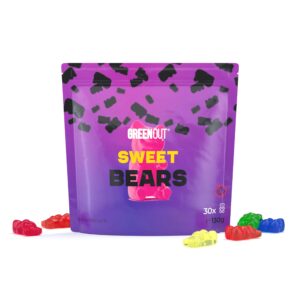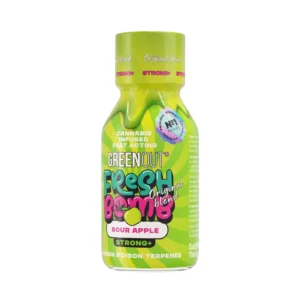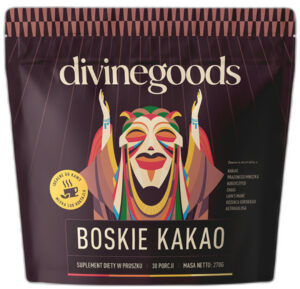Origin and uses of hemp:
Hemp is a species of plant in the hemp family, native to Central Asia. It has been cultivated for thousands of years (as early as 10,000 years ago in China) for medicinal, food and textile purposes.
Major varieties of hemp:
There are three main varieties of hemp:
- Seed Hemp (Cannabis Sativa): Also called industrial hemp or fiber hemp. It contains trace amounts of THC and has no psychoactive effects. Cultivated for fiber (textiles, paper), biofuel, building materials, food (seeds, oil) and cosmetics.
- Indian Hemp (Cannabis Indica): It contains the highest amount of THC of all varieties. Used medicinally and recreationally for its psychoactive properties.
- Hemp Ruderalis (Cannabis Ruderalis): Grows wild in wasteland. Low THC content, high resistance. Used in mixtures with other varieties.
Differences in chemical composition:
The chemical composition of cannabis can vary depending on the variety, strain, growing conditions and climate. Tropical and equatorial strains may have different proportions of cannabinoids and terpenes than strains growing in temperate climates.
Properties of hemp:
Hemp has many valuable properties, including:
- Medical: Analgesic, anti-inflammatory, analgesic, antiemetic, appetite stimulant.
- Food: Rich in protein, fiber, vitamins and minerals. Hemp seeds and oil are a valuable addition to the diet.
- Textile: Strong, durable, biodegradable. Used for clothing, rope, sails, paper.
- Environmental: They absorb CO2, reduce soil erosion, and promote biodiversity.
Hemp strains:
Within each cannabis strain, there are many strains that differ in appearance, smell, taste and cannabinoid content, among other things.
Origin of hemp:
An important factor affecting the properties of hemp is its origin. Hemp from different regions of the world may have different characteristics.
Summary:
Hemp is a plant with a rich history and a wide range of uses. Different varieties and strains of hemp have different properties, making it a valuable resource in many areas of life.
Hemp: varieties and their uses
Indian Hemp (Cannabis Indica):
- It contains the most THC of all cannabis varieties.
- It has psychoactive properties, used to treat pain, nausea, anxiety and depression, among other things.
- It is the subject of many scientific studies that confirm its therapeutic potential.
- The body's response to THC can be individual, and animal and human studies are sometimes contradictory.
Seed Hemp (Cannabis Sativa):
- It contains trace amounts of THC and has no psychoactive effects.
- Also called industrial hemp or fiber hemp.
- Cultivated into biodegradable raw material for clothing, ropes, sails, paper.
- Used in the manufacture of paints, waterproofing, cosmetics, food (oil, seeds, flour).
- Used in folk medicine and as a natural insect repellent.
Past uses of hemp seed:
- Manufacturing of textiles, ropes, sails, paper.
- Production of paints and wood preservatives.
- Creating ointments for the skin and accelerating wound healing.
- Production of cooking oil, tea, flour.
- Addition to baked goods and consumption of fresh seeds.
- Brewing hemp beer.
- Use in folk medicine.
- Use as a natural insect repellent.
Ruderalis Hemp: Characteristics and Uses
Cannabis Ruderalis, or wild hemp:
- The name comes from natural habitats such as rubble and wasteland.
- It is characterized by smaller size compared to Indica and Sativa varieties.
- It contains less THC than Indica.
- It is distinguished by its high resistance to adverse environmental conditions.
- It has an auto-flowering trait, which means that it flowers after a certain amount of time, regardless of photoperiod (day length) and temperature. These factors are crucial for flowering Indica and Sativa strains.
Applications of wild hemp:
- It is mainly used in mixtures with other varieties to obtain:
- Plants more resistant to environmental stresses.
- Strains of auto flowering properties.
- Used in cannabis genetics research.
Additional information:
- Wild hemp is an important source of resistance and autoflowering genes for cannabis breeders.
- In Poland, wild hemp grows wild throughout the country.
- The cultivation of wild hemp for commercial purposes is regulated by law and may require a permit.
Properties of hemp: environmental, health and beauty benefits
Hemp is a unique plant with many valuable properties that make it useful in various areas of life.
Environmentally friendly cultivation:
- Natural pesticides: Hemp has fungicidal, mold and insect repellent properties, eliminating the need for harmful herbicides and pesticides.
- Resistance to conditions: It grows in a wide variety of soils, preferring loose and nitrogen-rich ones, but it can cope even in depleted and flooded areas. It does not require fertilization.
- Organic raw materials: Hemp cultivation is environmentally friendly and yields chemical-free raw materials.
Universal fiber:
- Healthy and biodegradable: Hemp fibers are soft, breathable and extremely durable.
- Wide range of applications: Hemp is used to make clothing (from underwear to outerwear), ropes, sails, paper and much more.
- Durability: Hemp products are durable and resistant to wear and tear.
Valuable oils and extracts:
- Natural care: Hemp oil and extracts regulate sebum secretion, moisturize and soothe irritation.
- Medicinal properties: They have anti-inflammatory, regenerative and antipruritic effects, promoting wound healing and relieving muscle and joint pain.
- Cosmetic applications: They are a valuable ingredient in massage oils, creams and other cosmetics, strengthening hair and skin.
- Safety: They can even be used on infants, allergy sufferers and people with sensitive skin.
Additional features:
- Hemp flowers exhibit anesthetic and soothing effects on swelling.
- Hemp is a source of protein, fiber, vitamins and minerals.
- Hemp seeds can be eaten or used to make cooking oil.
Hemp is a plant with enormous potential, offering a wide range of environmental, health and beauty benefits. Its natural properties and versatile uses make it a valuable resource for many industries.
Hemp food: a wealth of nutrients for health and beauty
Hemp has been known for centuries for its numerous properties. In recent years, hemp foods have become increasingly popular as a valuable source of nutrients essential for the proper functioning of the body.
Rich in unsaturated fatty acids:
Hemp foods are rich in essential fatty acids (EFAs), especially omega-3 and omega-6 acids, whose proportions are ideal for human health. EFAs perform many important functions, including:
- Building blocks: They are part of cell membranes and nerve tissue.
- Regulatory: They affect blood cholesterol levels, reducing the risk of cardiovascular disease.
- Anti-inflammatory: They alleviate inflammation in the body, which can protect against many diseases, including cancer.
- Immune enhancing: They support the work of the immune system and protect against infections.
- Improving brain function: DHA acid is essential for the proper development and functioning of the brain and nervous system.
Terpenes - aromatic substances with many properties:
Hemp foods also contain terpenes, which are aromatic compounds responsible for the characteristic smell of hemp. Terpenes exhibit many health-promoting properties, including:
- Antioxidants: They protect cells from free radical damage.
- Anti-inflammatory: They alleviate inflammation in the body.
- Antibacterial and antifungal: They have a destructive effect on bacteria and fungi.
- Analgesic: They alleviate pain and inflammation.
- Calming: They promote relaxation and reduce stress.
Flavonoids - natural pigments with antioxidant properties:
Hemp foods are rich in flavonoids, which are organic compounds that give plants their color. Flavonoids exhibit strong antioxidant properties, protecting cells from free radical damage. In addition, flavonoids:
- Strengthen blood vessels: Reduce the risk of cardiovascular disease.
- They have an anti-inflammatory effect: They alleviate inflammation in the body.
- They support immunity: They strengthen the immune system and protect against infections.
Vitamins and minerals essential for health:
Hemp food is a rich source of vitamins and minerals necessary for the proper functioning of the body. Among other things, it contains:
- Vitamins: A, C, E, D, K, from group B.
- Minerals: Magnesium, calcium, zinc, iron, phosphorus, potassium.
Vitamins and minerals perform many important functions in the body, including:
- Strengthen immunity: They protect against infections.
- They support the work of the nervous system: They improve concentration and memory.
- They regulate the hormonal balance: They maintain the hormonal balance in the body.
- Strengthen bones and teeth: They provide ingredients necessary for the construction and regeneration of bones and teeth.
- Improve the condition of skin, hair and nails: They give them a healthy look and glow.
Amino acids - the building blocks of proteins:
Hemp foods are a valuable source of amino acids, the basic building units of proteins. Amino acids are essential for:
- Tissue construction and regeneration: Muscles, bones, skin, hair and nails.
- Production of hormones and enzymes: Responsible for many important functions in the body.
- Immune enhancements: They protect against infections.
Industrial Hemp Applications: a Sustainable Future for Diverse Industries.
Hemp, a plant with a rich history and a wide range of uses, is gaining increasing interest from various industries. Their properties and potential make them a promising alternative to many traditional materials and technologies, helping to build a more sustainable future.
1 Textile Industry:
Hemp fiber exhibits many characteristics similar to flax, making it an attractive material for the textile industry. The European Commission, in its Roadmap for a Closed Economy, lists the textile sector as one of the key areas for transformation towards a greener and more sustainable economy. The search for new materials and business models is encouraged, and hemp fits perfectly into this trend.
2 Food and Feed:
Hemp seeds are a rich source of protein, fiber, vitamins, Omega-3 fatty acids and minerals. Hulled seeds are a valuable food ingredient for humans, while whole seeds are used as animal feed.
3 Construction:
Due to its energy-saving properties, hemp fiber is used in the construction industry in the form of lime concrete, hemp wool and fiberboard insulation. The construction sector, which accounts for a significant portion of energy consumption and greenhouse gas emissions, is looking for CO2-neutral or carbon-absorbing solutions. Hemp concrete, which is a carbon sink, fits these needs perfectly.
4 Paper Production:
Hemp fiber is perfect for paper production. Hemp stalks grow for only 5 months, and the production of hemp paper does not require the use of toxic bleaching agents. In addition, this paper can be recycled 7-8 times.
5 Other Uses:
Hemp products are used in many other industries. Due to their light weight and durability, they are an excellent alternative to plastic, used in the automotive, railroad, aerospace and aviation industries, among others.
Hemp is also a valuable raw material in the cosmetics industry (oils, lotions, shampoos), as well as in the energy sector (biofuels). There is a lot of interest in the production and sale of hemp extracts, especially cannabidiol (CBD), due to its potential use in cosmetics, health products and food. However, it is important to note that these uses are subject to strict EU regulations.
The Future of the Hemp Industry:
Hemp offers a wide range of opportunities for various industries, contributing to the development of a sustainable economy. Their properties, potential and growing popularity place them among the promising raw materials of the future.
